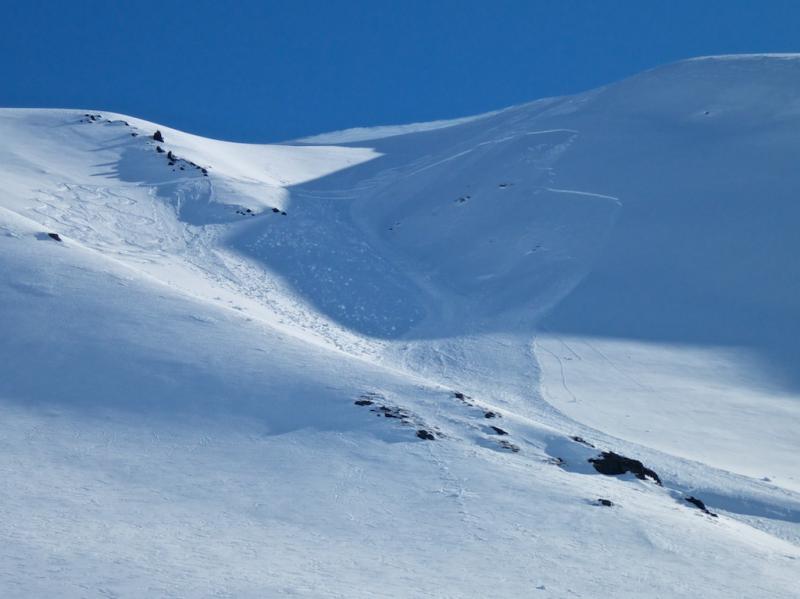Turnagain Pass
|
|
Winter continues in the mountains. Cold temperatures overnight are keeping the meltdown at bay – for now. The combination of sunny skies and daytime temperatures reaching above freezing has created pockets of unstable snow across our forecast region. A rash of small avalanches have been reported over the last week, and that trend will likely continue for the next few days.
Despite a generally stable snowpack, we need to watch out for shallow slabs that could be triggered by a skier or rider in steep terrain.
From now until the end of April we will be issuing advisories on the weekends and Tuesday and Thursday (Sa,Su,Tue,Thur). Keep checking the observations page for information that comes in – during the week especially. And for those getting out, keep the reports coming! The next advisory will be on Thursday, April 18th.
Also, a reminder that Skookum drainage is closed to motorized use.

